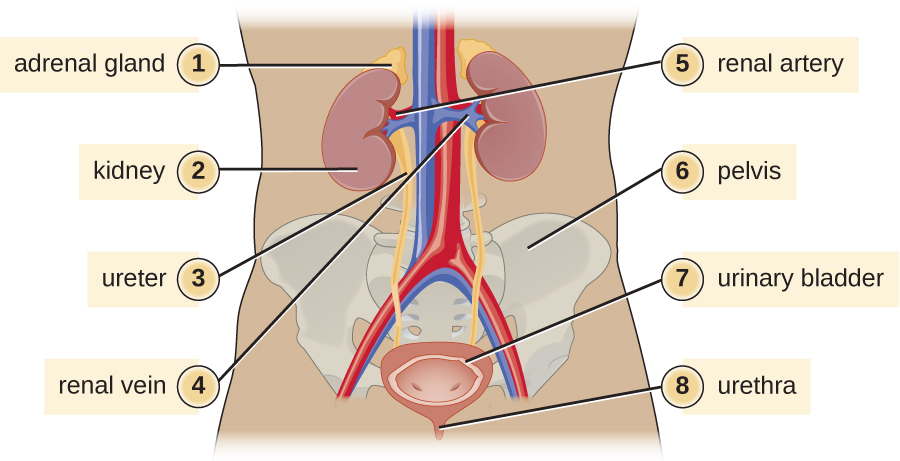| << Chapter < Page | Chapter >> Page > |
Nadia is a newly married 26-year-old graduate student in economics. Recently she has been experiencing an unusual vaginal discharge, as well as some itching and discomfort. Since she is due for her annual physical exam, she makes an appointment with her doctor hoping that her symptoms can be quickly treated. However, she worries that she may have some sort of sexually transmitted infection (STI). Although she is now in a monogamous relationship, she is not fully certain of her spouse’s sexual history and she is reluctant to ask him about it.
At her checkup, Nadia describes her symptoms to her primary care physician and, somewhat awkwardly, explains why she thinks she might have an STI. Nadia’s doctor reassures her that she regularly sees patients with similar concerns and encourages her to be fully transparent about her symptoms because some STIs can have serious complications if left untreated. After some further questioning, the doctor takes samples of Nadia’s blood, urine, and vaginal discharge to be sent to the lab for testing.
Jump to the next Clinical Focus box.
The urinary system filters blood, excretes wastes, and maintains an appropriate electrolyte and water balance. The reproductive system is responsible for the production of gametes and participates in conception and, in females, development of offspring. Due to their proximity and overlap, these systems are often studied together and referred to as the urogenital system (or genitourinary system).
The basic structures of the urinary tract are common in males and females. However, there are unique locations for these structures in females and males, and there is a significant amount of overlap between the urinary and genital structures in males. [link] illustrates the urinary anatomy common to females and males.
The kidneys carry out the urinary system’s primary functions of filtering the blood and maintaining water and electrolyte balance. The kidneys are composed of millions of filtration units called nephrons. Each nephron is in intimate contact with blood through a specialized capillary bed called the glomerulus (plural glomeruli ). Fluids, electrolytes, and molecules from the blood pass from the glomerulus into the nephron, creating the filtrate that becomes urine ( [link] ). Urine that collects in each kidney empties through a ureter and drains to the urinary bladder , which stores urine. Urine is released from the bladder to the urethra , which transports it to be excreted from the body through the urinary meatus , the opening of the urethra.


Notification Switch
Would you like to follow the 'Microbiology' conversation and receive update notifications?